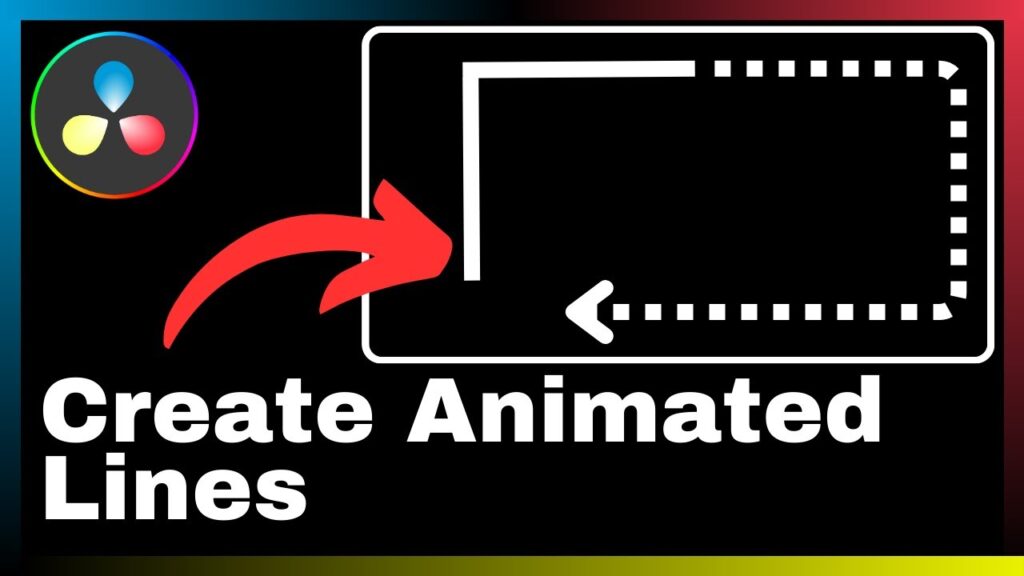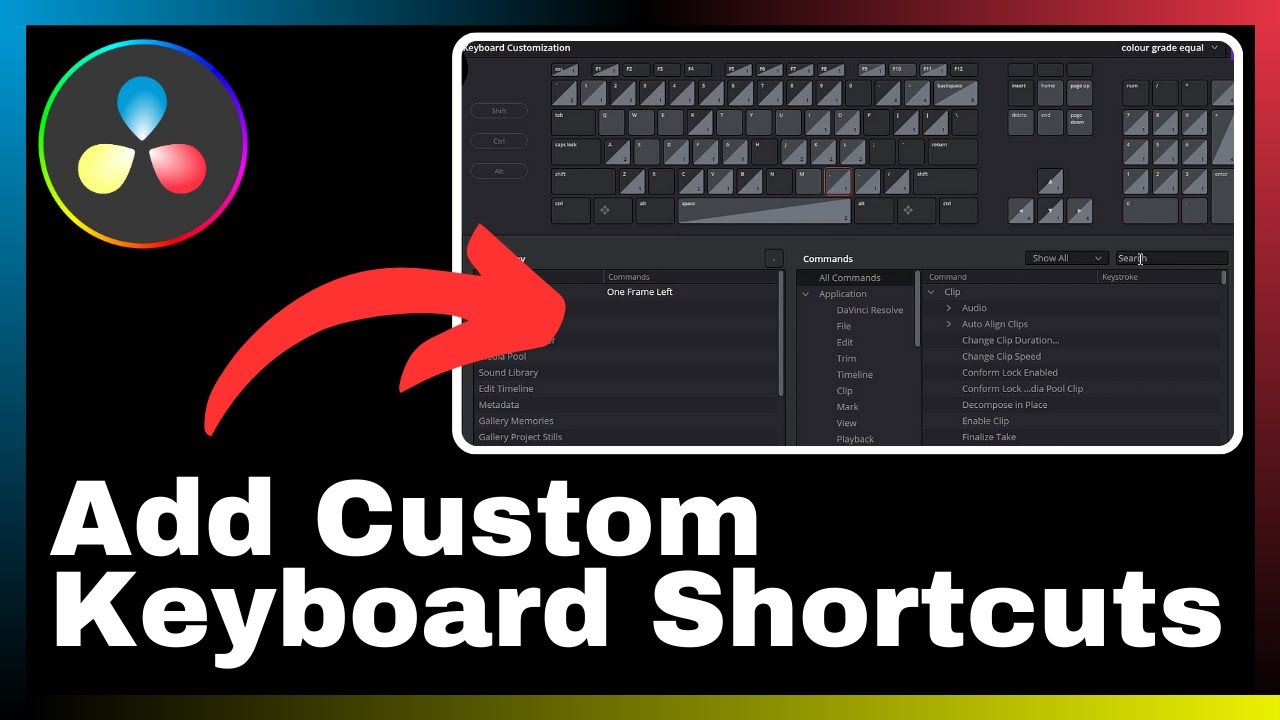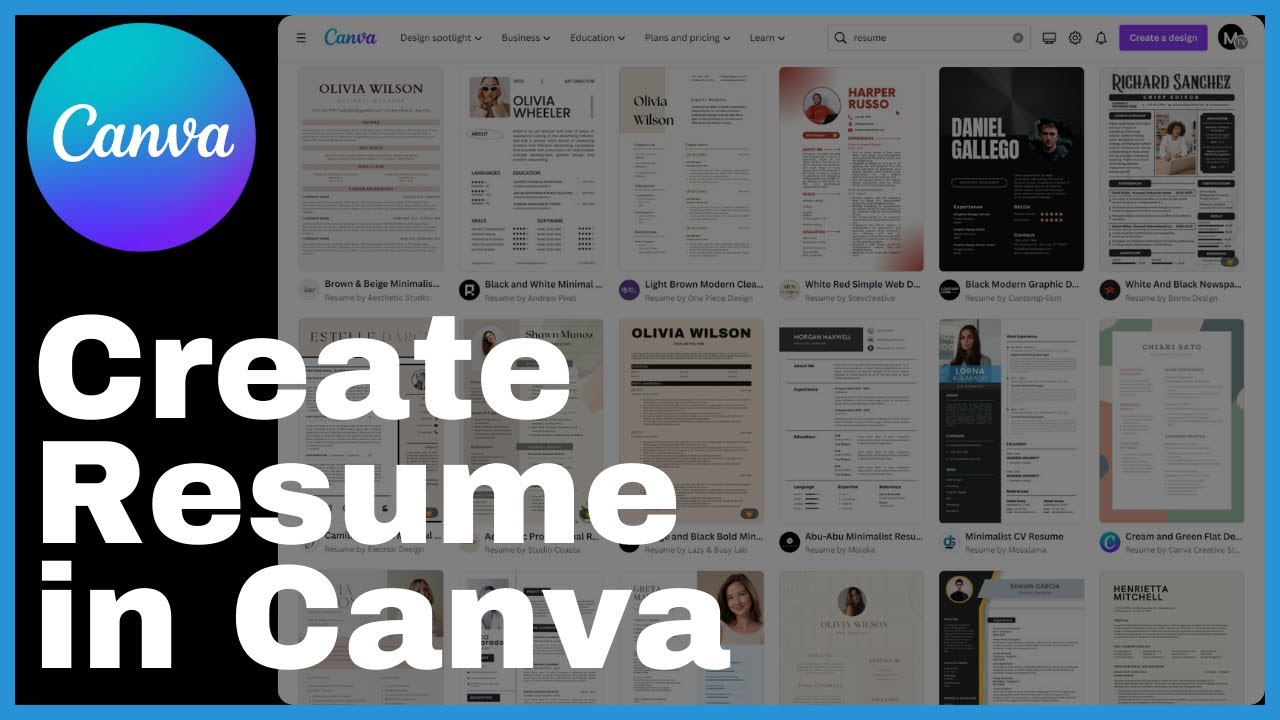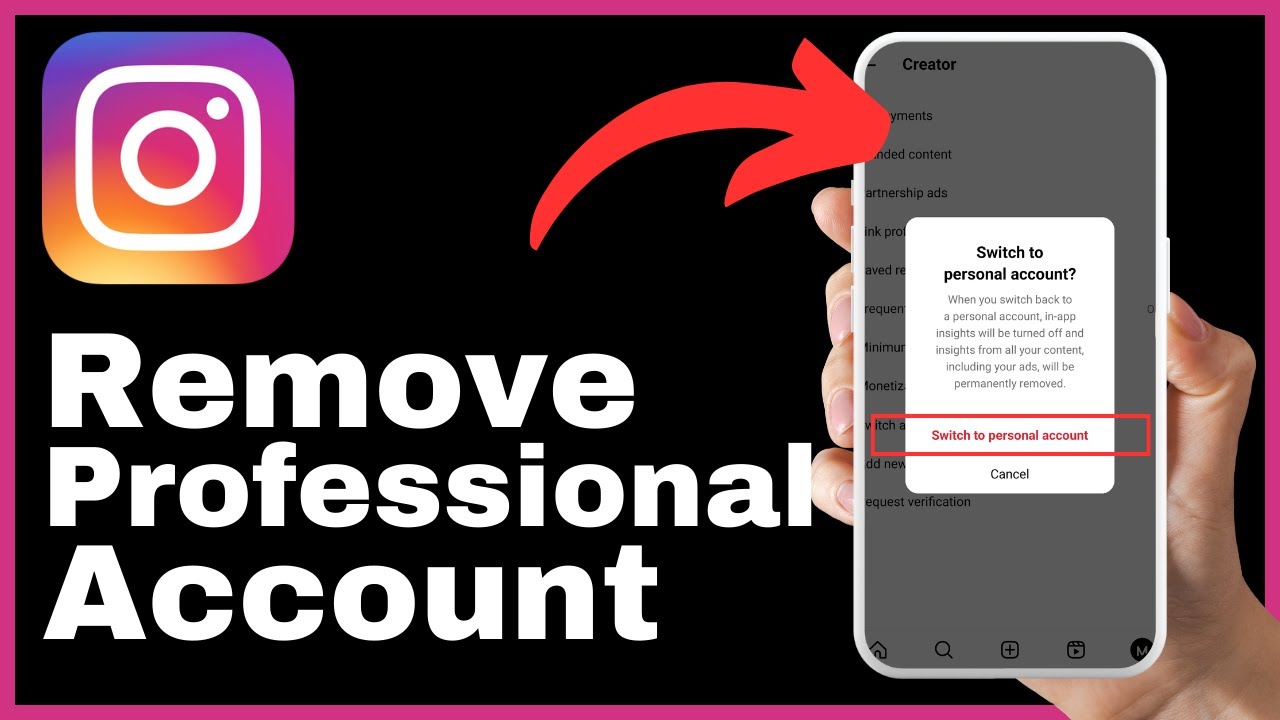In this article, you will explore the process of creating animated lines in DaVinci Resolve, a software widely known for its comprehensive tools in video editing, color correction, visual effects, and audio post-production. By incorporating animated lines into your videos, you can effectively add movement and style, enhancing the overall visual appeal. DaVinci Resolve’s user-friendly interface caters to both professionals and beginners, making it a popular choice for projects of varying sizes and complexities. Follow along as we guide you through the step-by-step process of creating captivating animated lines in DaVinci Resolve, enabling you to elevate the quality and impact of your video content.
Unlocking the full potential of DaVinci Resolve’s animated lines requires a solid understanding of the software’s capabilities and functionality. Throughout this tutorial, we will provide detailed instructions and tips to ensure a seamless process. By the end, you will be equipped with the knowledge and skills to effortlessly incorporate animated lines into your videos, enhancing their visual appeal and captivating your audience. Join us on this journey as we explore the exciting world of animated lines in DaVinci Resolve.

Overview of Animated Lines in DaVinci Resolve
Definition of Animated Lines
Animated lines in DaVinci Resolve refer to the creation of lines or shapes that move and transform over time in a video project. These animated elements can add dynamic and engaging visual effects to videos, enhancing their overall quality and impact.
Relevance of Animated Lines in Video Editing
Animated lines have become increasingly popular in video editing due to their ability to add movement and style to videos. They can be used to create eye-catching transitions, highlight specific elements in a scene, or simply add a creative touch to the overall visual composition. With the right techniques and tools, animated lines can greatly enhance the storytelling and visual appeal of a video project.
Foundation on DaVinci Resolve
Introduction to DaVinci Resolve
DaVinci Resolve is an all-in-one video editing, color correction, visual effects, and audio post-production software. It offers a comprehensive set of tools and features that cater to both professionals and beginners alike, making it a popular choice for projects of all sizes and complexities. With its intuitive interface and powerful capabilities, DaVinci Resolve provides users with a seamless and efficient video editing experience.
System Requirements for DaVinci Resolve
Before diving into the creation of animated lines in DaVinci Resolve, it is important to ensure that your computer meets the system requirements for the software. DaVinci Resolve is a resource-intensive application, so having a capable computer setup is essential for smooth and efficient editing. The specific system requirements can be found on the official DaVinci Resolve website, and it is recommended to have a computer that exceeds these requirements for optimal performance.
How to Download and Install DaVinci Resolve
To begin using DaVinci Resolve, you need to download and install the software on your computer. The process is straightforward and can typically be done by visiting the official Blackmagic Design website and navigating to the DaVinci Resolve download page. From there, you can choose the appropriate version of the software based on your operating system, and follow the on-screen instructions to complete the installation process. Once installed, you will have access to the full range of features and tools within DaVinci Resolve.
DaVinci Resolve Interface Familiarization
Understanding the Main Interface
The main interface of DaVinci Resolve is designed to provide users with a comprehensive and organized workspace for video editing. It consists of multiple panels and windows that allow users to access various editing tools and features. The key components of the main interface include the Media Pool, Edit timeline, Color page, Fusion page, and Deliver page. Familiarizing yourself with the layout and functionality of these panels is essential for efficient workflow and navigating through your video project.
Configuration and Setting Adjustment
DaVinci Resolve offers a wide range of configuration and setting adjustment options to suit the specific needs of your video editing project. From color grading preferences to audio settings, you can customize the software to match your desired workflow and output requirements. It is important to explore these settings and make the necessary adjustments based on your editing preferences and the nature of your video project. This will help you optimize the software for efficient and effective editing.
Shortcut keys and Their Functions
To further enhance your workflow and efficiency in DaVinci Resolve, it is beneficial to familiarize yourself with the various shortcut keys available in the software. Shortcut keys allow you to perform common editing tasks quickly and easily, saving you time and effort. From navigating through the timeline to applying effects, there are shortcut keys available for almost every aspect of the editing process. Referencing the DaVinci Resolve documentation or exploring the software’s menus can help you discover and learn these shortcut keys, enabling you to work more efficiently.
Creation of a New Project for Animated Lines
How to Start a New Project
To create a new project in DaVinci Resolve, you can either click on the “New Project” button in the welcome screen or go to the “File” menu and select “New Project.” This will open a new project window where you can specify the project settings and save location.
Specifying Your Project Settings
When starting a new project, it is important to specify the project settings to match your desired output requirements. This includes selecting the resolution, frame rate, and aspect ratio of your project. You can also choose the project duration and audio settings. Taking the time to accurately set up your project settings ensures that your animated lines will be created and rendered correctly within the project.
Saving Your Project Correctly
Once you have specified your project settings, it is important to save your project correctly to avoid any data loss or file corruption. DaVinci Resolve allows you to save your project as a .drp file, which contains all the project information and settings. It is recommended to save your project regularly, especially after making significant changes or additions to your video project. This ensures that you have a backup of your work and can easily continue editing from where you left off.
Importance of the Timeline in Animated Lines Creation
Creating a New Timeline
The timeline in DaVinci Resolve is the central workspace where you assemble and arrange your video clips, audio tracks, and effects. To create a new timeline, you can either go to the “File” menu and select “New Timeline” or use the shortcut key specific to your operating system. Once you have a new timeline, you can start adding and organizing your clips to create your desired sequence.
Adding Clips or Videos to the Timeline
To add clips or videos to your timeline, you can either drag and drop them from the media pool or right-click in the timeline area and select “Import Media” to browse and select the desired files. Once added, the clips will appear on separate tracks in the timeline, allowing you to arrange and edit them as needed.
Adjusting Clips on the Timeline
The timeline offers various tools and features for adjusting and editing your clips. You can trim the length of a clip, rearrange the order of clips, and apply transitions between them. Additionally, you can adjust the volume levels of audio clips, apply effects, and make color corrections. Understanding and utilizing these editing capabilities in the timeline is crucial for creating animated lines that seamlessly fit into your video project.
Understanding the Tools for Creating Animated Lines
Identifying the Tools
DaVinci Resolve provides a range of tools specifically designed for creating animated lines and shapes. These tools can be found in the Fusion page of the software. The key tools for creating animated lines include the Spline Tool, Transform Tool, and Mask Tool. Each tool has its own unique purpose and functionality in the creation and manipulation of animated lines.
Functions of Each Tool
The Spline Tool allows you to draw and manipulate lines, curves, and shapes. It serves as the foundation for creating animated lines in DaVinci Resolve. The Transform Tool enables you to move, rotate, and scale the animated lines or shapes, offering greater control and flexibility. The Mask Tool allows you to isolate specific areas of the animated lines or shapes, enabling you to apply effects or adjustments to those areas selectively.
When to Use Each Tool
Knowing when to use each tool is essential for achieving the desired effect and animation for your lines. The Spline Tool is primarily used for creating the initial shape or line, while the Transform Tool is used for animating and modifying the position, rotation, and scale of the lines. The Mask Tool is useful when you want to apply specific effects or adjustments to a particular area of the lines while keeping the rest unaffected. Understanding the distinct functions of each tool allows you to create complex and visually engaging animated lines.
Step by Step Guide on Creating Animated Lines
Accessing the Fusion Page
To begin creating animated lines, you need to access the Fusion page in DaVinci Resolve. This can be done by clicking on the “Fusion” tab at the bottom of the main interface. The Fusion page contains the tools and workspace necessary for creating and animating lines in your video project.
Utilizing the Spline Tool for Creating Animations
Once in the Fusion page, you can select the Spline Tool from the toolbar. This tool allows you to draw and create the initial shape or line for your animation. By clicking and dragging on the viewer window, you can define the position, length, and curvature of your lines. The Spline Tool provides a variety of options and settings to customize the appearance and behavior of the lines.
Drawing and Animating Lines
After creating the initial shape or line using the Spline Tool, you can proceed to animate the lines using the Transform Tool. With the Transform Tool selected, you can adjust the position, rotation, and scale of the lines over time by setting keyframes. Keyframes mark specific points in the timeline where the properties of the lines change, creating a smooth and fluid animation.
Adjusting the Animated Lines
Throughout the animation process, you can refine and adjust the animated lines to achieve the desired visual effect. DaVinci Resolve provides various tools and controls for manipulating the lines, such as the ability to add and delete points, modify the curvature, and adjust the line style. By experimenting with these adjustments, you can create customized and visually appealing animated lines.
Improving Your Animated Lines with Effects
What are Effects in DaVinci Resolve
Effects in DaVinci Resolve refer to the additional visual enhancements and modifications that can be applied to your animated lines. These effects can range from simple color adjustments and filters to complex motion graphics and particle effects. By applying effects to your animated lines, you can further enhance the aesthetics and impact of your video project.
Applying Effects to Animated Lines
To apply effects to your animated lines, you can use the Effects Library in DaVinci Resolve. The library provides a wide range of effects and presets that can be easily dragged and dropped onto your animated lines in the Fusion page. Once applied, you can further customize and refine the effects using the available controls and parameters.
Editing and Adjusting Applied Effects
After applying effects to your animated lines, you may need to edit and adjust them to achieve the desired look and feel. DaVinci Resolve offers a comprehensive set of editing tools and controls for fine-tuning the applied effects. These tools allow you to modify parameters such as intensity, duration, blending modes, and masking options. By experimenting with different adjustments, you can create unique and visually stunning effects that complement your animated lines.
Rendering and Exporting Your Project
Setting the Render Settings
Before exporting your final animated lines project, you need to specify the render settings to ensure the desired output quality and format. DaVinci Resolve allows you to customize various render settings, including resolution, frame rate, and codec. It is important to select the appropriate settings based on the intended use and distribution platform of your video project.
Choosing the Appropriate Export Format
Once you have set the render settings, you can choose the appropriate export format for your animated lines project. DaVinci Resolve supports a wide range of export formats, including common video formats such as MP4, MOV, and AVI. When selecting the export format, consider factors such as playback compatibility, file size, and quality requirements.
Exporting Your Final Animated Lines Project
After selecting the export format, you can proceed to export your final animated lines project. DaVinci Resolve offers a straightforward export process that allows you to specify the export location and file name. Once the export is initiated, the software will render and generate the final video file with your animated lines. It is recommended to preview the exported file to ensure that the animated lines appear as intended before sharing or publishing your video project.
Conclusion
Benefits of Learning Animated Lines Creation
Learning how to create animated lines in DaVinci Resolve can offer numerous benefits for video editors and content creators. By incorporating animated lines into your videos, you can add movement, style, and creativity to your visual compositions. Whether it is for professional projects or personal creative endeavors, mastering the art of animated lines creation can significantly enhance the impact and engagement of your videos.
Practice on Creating Different Animated Lines
As with any new skill, practice is crucial for improving and honing your animated lines creation abilities. Take the time to experiment with different line styles, animation techniques, and effects in DaVinci Resolve. By creating various types of animated lines and incorporating them into different video projects, you can expand your creative repertoire and develop a unique visual style. Embrace the learning process and continue pushing the boundaries of what you can achieve with animated lines in DaVinci Resolve.


























